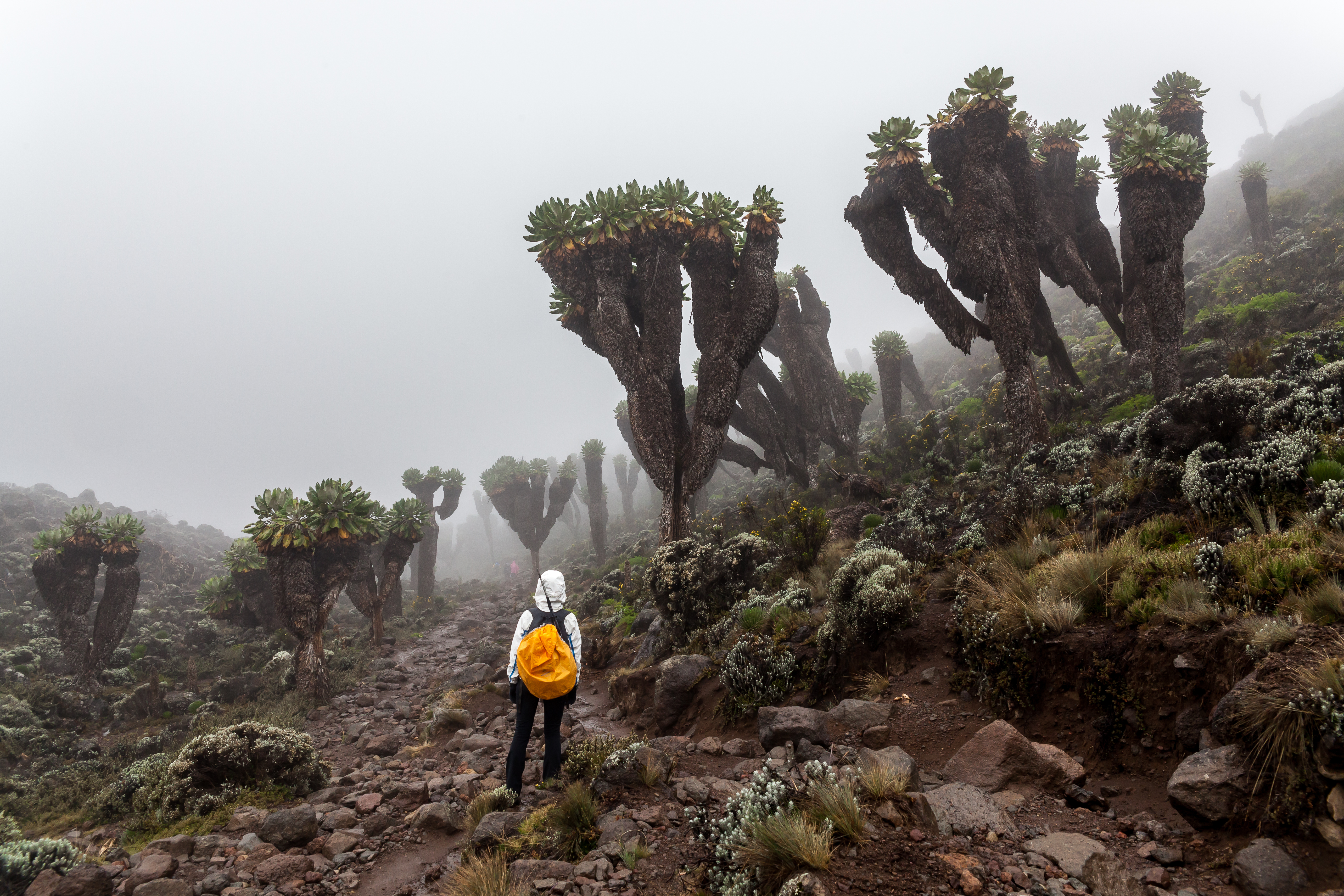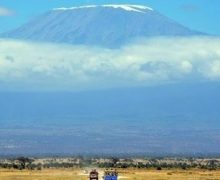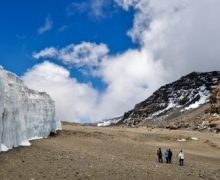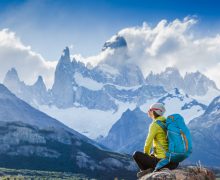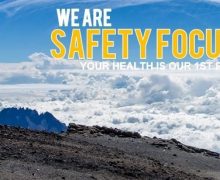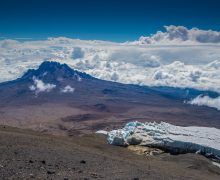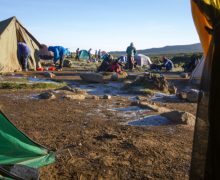Mount Kilimanjaro routes and their variations take between five to nine days to complete. Although Mount Kilimanjaro is known as a "walk-up" mountain, you should not underestimate it and its risks. The overall statistics show that less than half of all climbers reach the summit.
Below are the Kilimanjaro success rates as reported by Kilimanjaro National Park (2006):
All climbers, all routes 45%
All climbers, all 5 day routes 27%
All climbers, all 6 day routes 44%
All climbers, all 7 days routes 64%
All climbers, all 8 day routes 85%
All climbers, all 9 day routes (no data)
The greater the number of days on the mountain, the better your chances of reaching the top. Therefore the key to a safe, successful climb is to take the longest routes possible.
There are minimum days for each Kilimanjaro main climbing routes. However, that is not to be confused with recommended days for the route. Ultimate Kilimanjaro® recommends adding an extra day or two to your trip to help you acclimatize to the altitude. We encourage customers to take 7-9 day routes for the best chance of success and the lowest risk of altitude sickness.

Some companies boast that their overall summit success rates are greater than 90%. We have seen competitor advertisements representing they have 95%, 98%, even 100% overall success rates. It is only a matter of time before someone advertises that they have a 150% success rate. The truth is that each of these figures are statistically impossible! Do not believe these claims!
Unless these outfitters are prescreening climbers, taking a very small number of climbers (less than 30) per year, or leading climbs only on 8-9 day routes, achieving those extraordinarily high success rates would be impossible to maintain for even a short period of time. Every outfitter knows this, but unfortunately it seems some don't mind attracting customers with misleading or blatantly false statements.

We are very happy that our real success rates are considerably greater that those reported by Kilimanjaro National Park. Client feedback regularly cites our guides and their support as the main reason they were able to summit. We have a consistent record of achieving high success rates year after year, and would gladly put our success rates up against the actual success rates of our strongest competitors.
Our primary concern is that you have a safe, enjoyable, memorable Kilimanjaro climb.
It is possible to climb the mountain in five or six days, but why take the chance? Some clients want to minimize their days in order to save costs, which is understandable. But we feel that the additional cost is well worth it. Not only is it safer, but you increase the probability of your success, have more time to enjoy the experience, can take acclimatization hikes to other parts of the mountain you'd otherwise miss, and will probably feel better as well, given that there is less stress on your body.
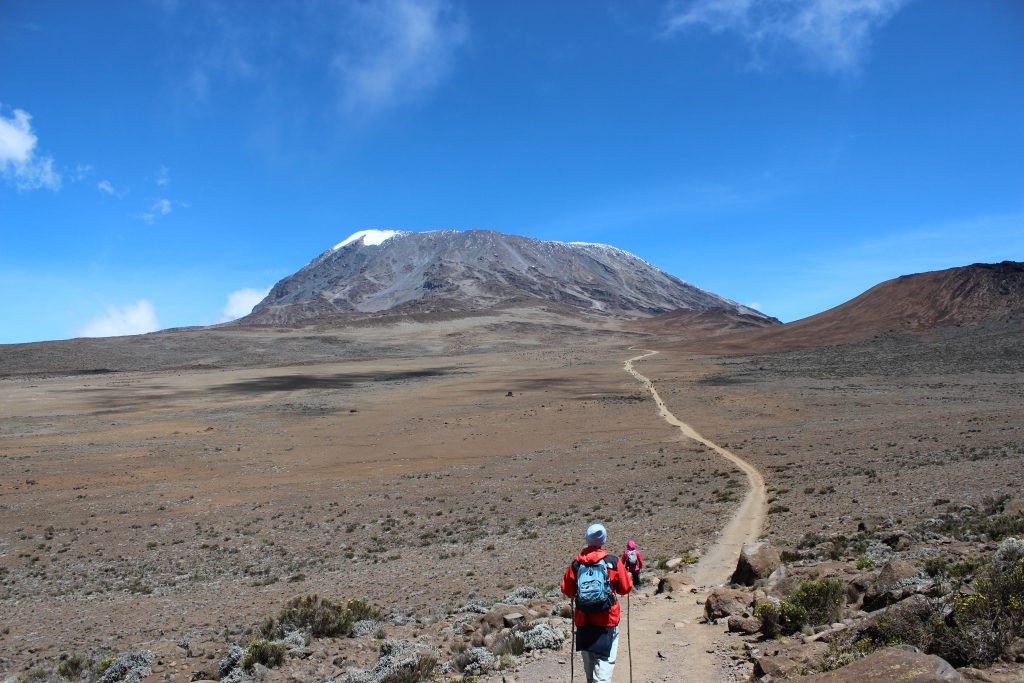
Ask yourself this. How would you feel if you scheduled a route with the minimum required days, only to have to turn around within the first couple days because the rate of ascent was too quick? Wouldn't you rather have added a couple days to your trip to give yourself a better chance, to be more fair to your body? Were the 'savings' you got for not taking additional days worth the cost of cutting your climb short, not making it to summit, or even worse, putting your health at risk?
